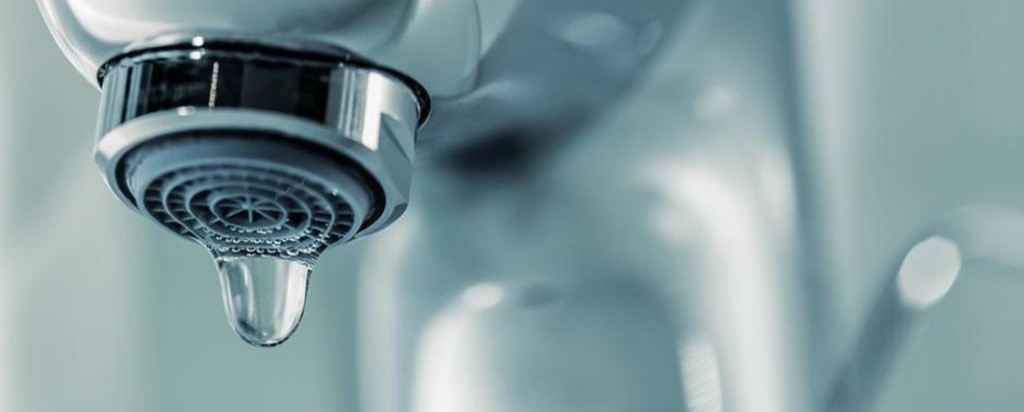We have uncovered the article pertaining to How to detect water leaks in your home listed below on the internet and reckoned it made good sense to relate it with you in this article.

Leakages not just create waste of water yet can additionally cause unnecessary damage to your house as well as advertise undesirable natural growth. Water leakages may go unnoticed because many of the pipework in our house is concealed. By looking and understanding for daily circumstances that cause leaks, you can secure your residence from future leakages and unneeded damage. Today, we will look at 6 leak triggers that might be causing your pipes to drip.
Trespassing roots
The majority of water leakages start outside your home instead of inside it. If you discover an unexpected reduction in water pressure, claim in your tap, take some time to go out as well as analyze your backyard. You could observe damp spots or sinkholes in your yard, and that could imply that tree origins are getting into water lines creating water to permeate out. You can have your plumber check for intrusion, particularly if you have trees or hedges near your building.
Corroded water supply
This could be the cause of discoloration or warping on your water pipes. If our plumbing system is old, take into consideration changing the pipes because they are at a higher risk of deterioration than the more recent designs.
Faulty Pipe Joints
The factor at which your pipelines connect is regularly the weakest link in the waterline. Pipe joints can degrade gradually, resulting in water leakages. The bulk of pipe joints are not quickly visible. If you have noisy pipelines that make ticking or banging noises, specifically when the hot water is turned on, your pipeline joints are probably under a lot of stress. It is suggested to have your plumber check your system annually.
Immediate temperature modifications.
Extreme temperature adjustments in our pipelines can cause them to broaden and contract suddenly. This growth as well as tightening might create cracks in the pipes, especially if the temperature level are listed below freezing.
Poor Water Connectors
At times, a leak can be created by loosened hoses as well as pipelines that supply your devices. In situation of a water connections leak, you might see water running directly from the supply line or puddles around your home appliances.
Clogged Drains
Blocked drains could be frustrating and also inconveniencing, but they can often wind up causing an overflow resulting in burst pipelines. Maintain eliminating any kind of materials that might go down your drains pipes that could block them to prevent such troubles.
All the above are causes of leakages however not all water leakages result from plumbing leaks; some leakages could come from roof leaks. All leaks need to be repaired quickly to stay clear of water damages.
Leakages not just trigger waste of water yet can also create unneeded damage to your home and promote unwanted organic growth. By looking and understanding for daily situations that cause leaks, you can secure your home from future leaks and unneeded damages. Today, we will look at 6 leakage triggers that may be causing your pipelines to leak.
At times, a leakage can be triggered by loose hoses and pipes that supply your appliances. In instance of a water links leak, you may see water running directly from the supply line or puddles around your appliances.
How To Check For Water Leak In Your Home
How To Check for Leaks
The average household's leaks can account for nearly 10,000 gallons of water wasted every year and ten percent of homes have leaks that waste 90 gallons or more per day. Common types of leaks found in the home are worn toilet flappers, dripping faucets, and other leaking valves. These types of leaks are often easy to fix, requiring only a few tools and hardware that can pay for themselves in water savings. Fixing easily corrected household water leaks can save homeowners about 10 percent on their water bills.
To check for leaks in your home, you first need to determine whether you're wasting water and then identify the source of the leak. Here are some tips for finding leaks:
Take a look at your water usage during a colder month, such as January or February. If a family of four exceeds 12,000 gallons per month, there are serious leaks.
Check your water meter before and after a two-hour period when no water is being used. If the meter changes at all, you probably have a leak.
Identify toilet leaks by placing a drop of food coloring in the toilet tank. If any color shows up in the bowl after 10 minutes, you have a leak. (Be sure to flush immediately after the experiment to avoid staining the tank.)
Examine faucet gaskets and pipe fittings for any water on the outside of the pipe to check for surface leaks.
Undetected water leaks can happen without the home or business owner even realizing. If you suspect a water leak, but not able to find the source. It is time to contact a professional water leak detection service, The Leak Doctor.
How To Find a Water Leak In Your Home
https://www.leakdoctor.com/blog/How-To-Check-For-Water-Leak-In-Your-Home_AE197.html

I was brought to that write-up about Common Water Leaks In House through a good friend on a different web property. If you liked our page please don't forget to share it. Thank you for taking the time to read it.
Quality assurance? Connect.